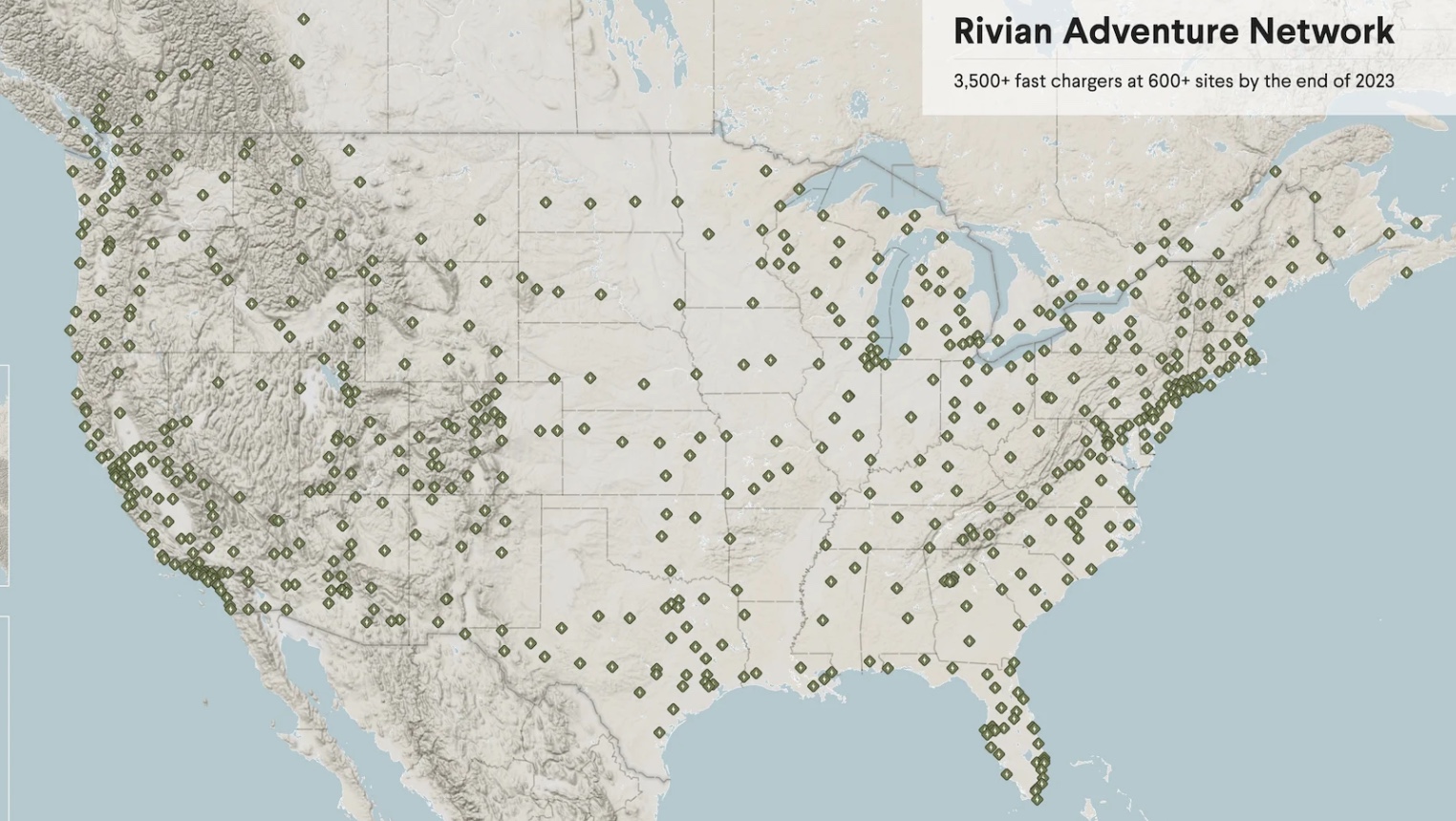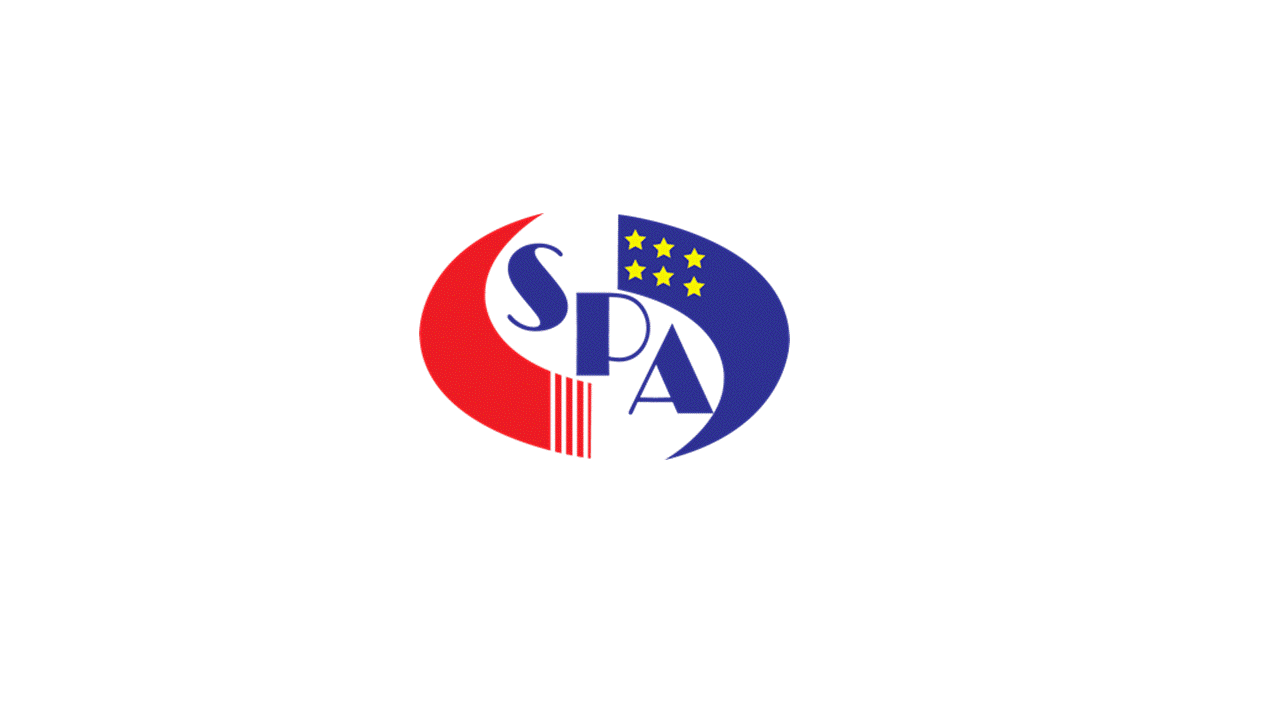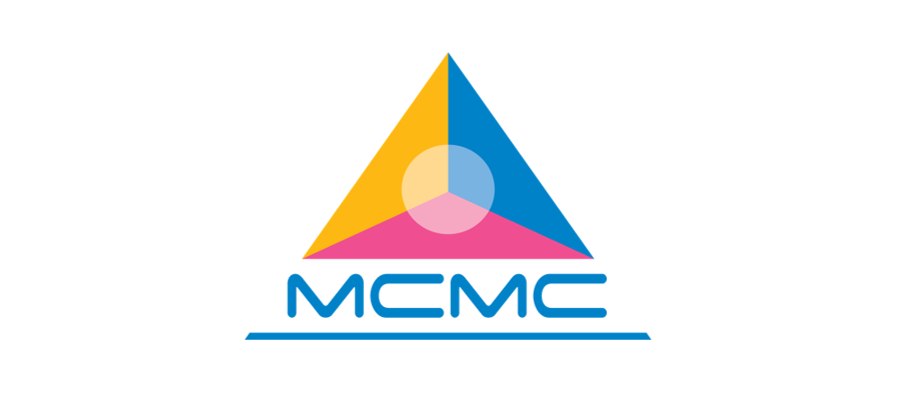- March 18, 2021
- by:
- in: Blog
MrBeast’s management company is getting into the venture business. Night Media, the six-year-old, Dallas-based multimedia talent management company, is closing a debut fund with $20 million in capital commitments from the same, powerful, family-friendly online influencers who it manages, along with other social media stars. The idea, says Night Media CEO Reed Duchscher, is to
MrBeast’s management company is getting into the venture business.
Night Media, the six-year-old, Dallas-based multimedia talent management company, is closing a debut fund with $20 million in capital commitments from the same, powerful, family-friendly online influencers who it manages, along with other social media stars.
The idea, says Night Media CEO Reed Duchscher, is to write initial checks of up to $300,000 into three categories: consumer-facing startups; gaming startups, especially those centered around user-generated content; and the creator economy, including startups supporting the creator economy.
The last is a world that Duchscher knows particularly well.
A native North Dakotan who was a wide receiver for North Dakota State University, Duchscher was working for a sports agency after graduating when he stumbled across a comedy group online called Dude Perfect. He so loved their work that he reached out to better understand who its members are and how they made money; within months, Duchscher struck on his own to work full-time with the group and seize on what appeared to be a big opportunity.
It was a savvy move. While Night Media no longer works with Dude Perfect, it now manages 16 other top influencer groups, with YouTube stars that include ZHC (19.7 million subscribers), Preston (15.6 million), Matt Stonie (13.7 million), Unspeakable (10.8 million), Azzyland (13.3 million), Typical Gamer (11.4 million) and Carter Sharer (7.6 million). Duchscher also notably represents MrBeast, whose real name is Jimmy Donaldson, and who has amassed 55 million subscribers on YouTube and whose videos routinely rack up at least 30 million views. (He posts two to three each month.)
In a Bloomberg piece in December about Donaldson, who now oversees a team of 50, famed filmmaker Casey Neistat said of him: “He lives on a different planet than the rest of the YouTube world.”
Some might settle for that level of success. But Duchscher — who met Donaldson after sending him a direct message on Twitter — has instead been helping Donaldson and his other clients think about next steps and where to invest the money they make from their social media endeavors.
Last year, toward that end, Night Media created a venture studio to incubate companies that its stars can help shape and grow. As part of one of those efforts, Donaldson has partnered with 300 ghost kitchens around the country to make and sell so-called Beast Burgers and other items that can be order through a dedicated app. Donaldson has also put his stamp on the second iteration of a game called Finger on the App.
Asked if MrBeastBurger or the app might be open to follow-on funding, Duchscher suggests that’s not necessarily the plan for the startups in the venture studio, though they are open to outside funding “depending on what we’d do with all that capital.”
Venture-type investment, he (somewhat refreshingly) adds, could create unnecessary “complexity” in some cases.
Still, Night Media’s talent is interested in learning, molding, and capitalizing from the trends impacting their industry. Enter the new venture fund, which could be the start of a much bigger business eventually.
Indeed, though Duchscher says a professional investor is joining the outfit this spring, he has himself been running the show and spending time with “people in the Valley and L.A. who have been in industry for 20 years and been through multiple funds and financial crises” in order to learn more about institutional investing. He cites Andreessen Horowitz and Lightspeed Venture Partners, for example, of firms that are already sending him deal flow.
Asked if he’s also in conversation with the growing number of celebrity investors on the startup scene, Duchscher says there’s less of that, though he says he has talked quite a bit with Ashton Kutcher’s Sound Ventures and even pulled the firm into a few deals, including Backbone, a company that makes a sleek game controller for iPhones.
It’s one of roughly a dozen startups that Night Media has helped fund to date. Another bet is a rewards app that pays users in bitcoin called Lolli and which is also backed by Craft Ventures and famed talent agent Guy Oseary. Another investment is Pearpop, an startup that invites fans to bid for shared screen time with their favorite TikTok. Italic, a marketplace that invites shoppers to buy luxury products directly from the manufacturers behind top brands, is also a portfolio company.
All have agreed to work with Night Media in exchange for access to its creators and their know-how — assets that Duchscher believes gives the outfit an edge that most VCs can’t offer.
Whether it all leads to a bigger fund down the road is the big question, not that Duchscher is spending much energy on it right now, he suggests. “It would depend on fund one and how quickly it gets deployed,” he says. “We’re not going to raise because we can. That’s never been the way we think or operate.”
He has more pressing concerns, in any case. A big part of his job is figuring out what to do with inbound interest in his clients, and there’s far more demand right now than there is inventory.
“Usually, people want to work with a specific creator” he notes, and there are only so many hours in the day.

























